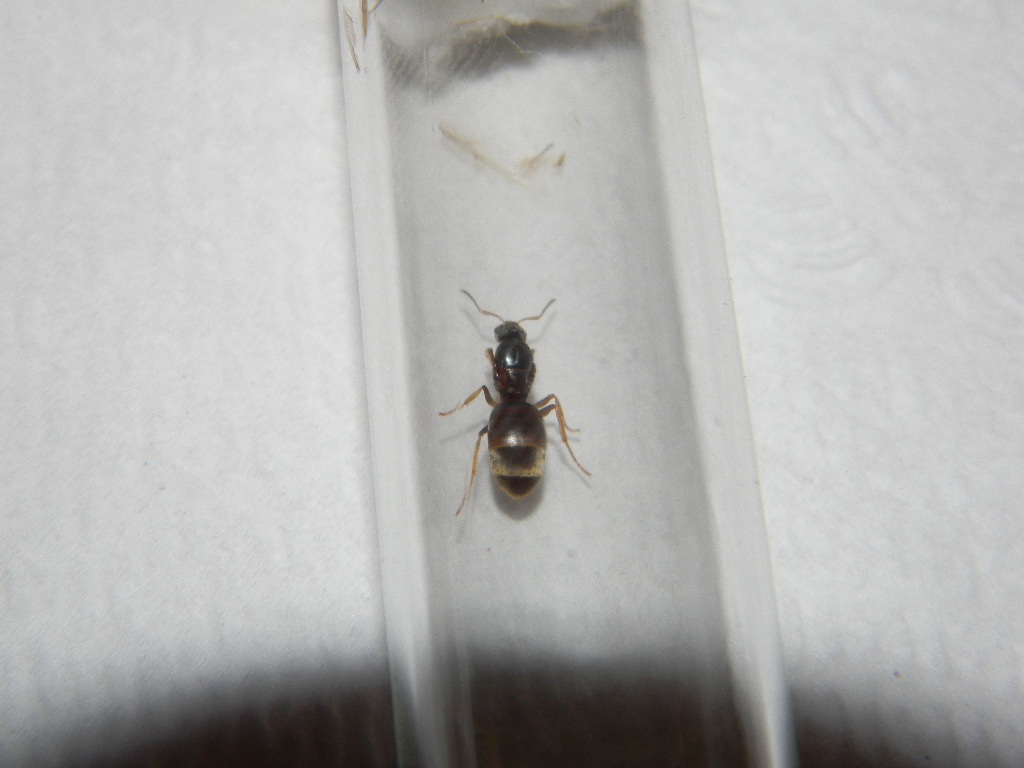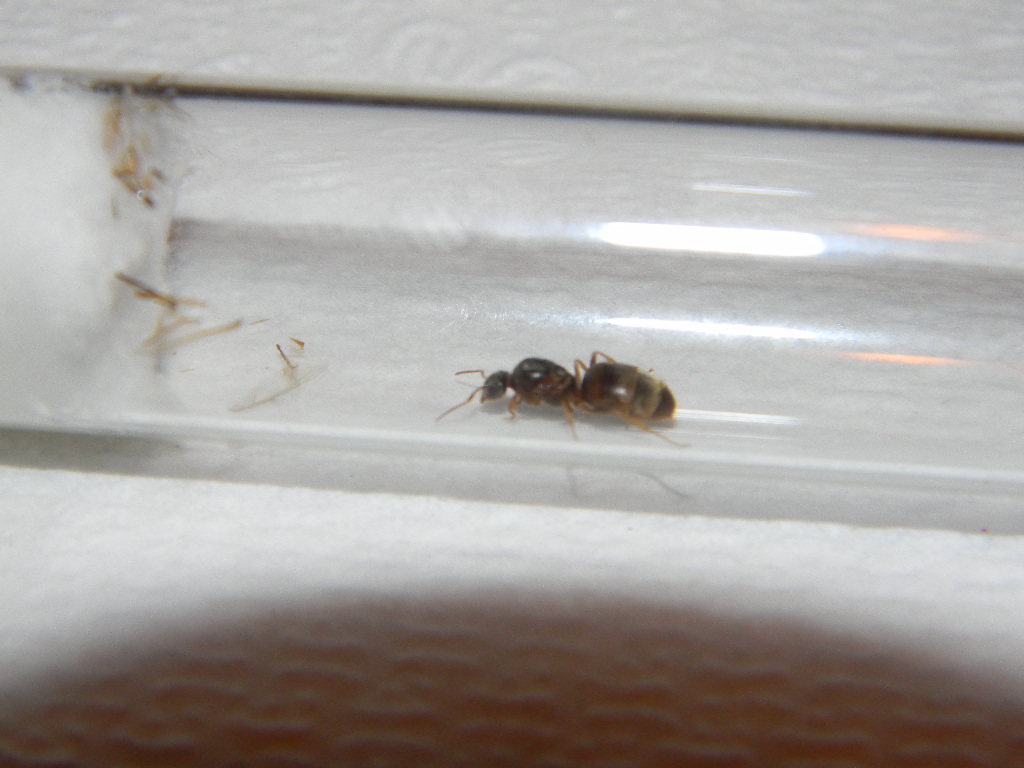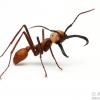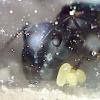1. Location of collection: Michigan. The Thumb
2. Date of collection: 9-20-2014
3. Habitat of collection:My yard and sidewalk. nests in the grass
4. Length (from head to gaster):6mm
5. Color, hue, pattern and texture: Queens red orange with striped gaster and red orange legs. Workers are brighter orange.
6. Distinguishing characteristics:
7. Anything else distinctive:
8. Nest description:Nests in sandy areas in the lawn.Flat to the ground some over a foot in diameter. 

- Formiculture.com
- Forums
- Gallery
- Members
- Member Map
- Chat






















